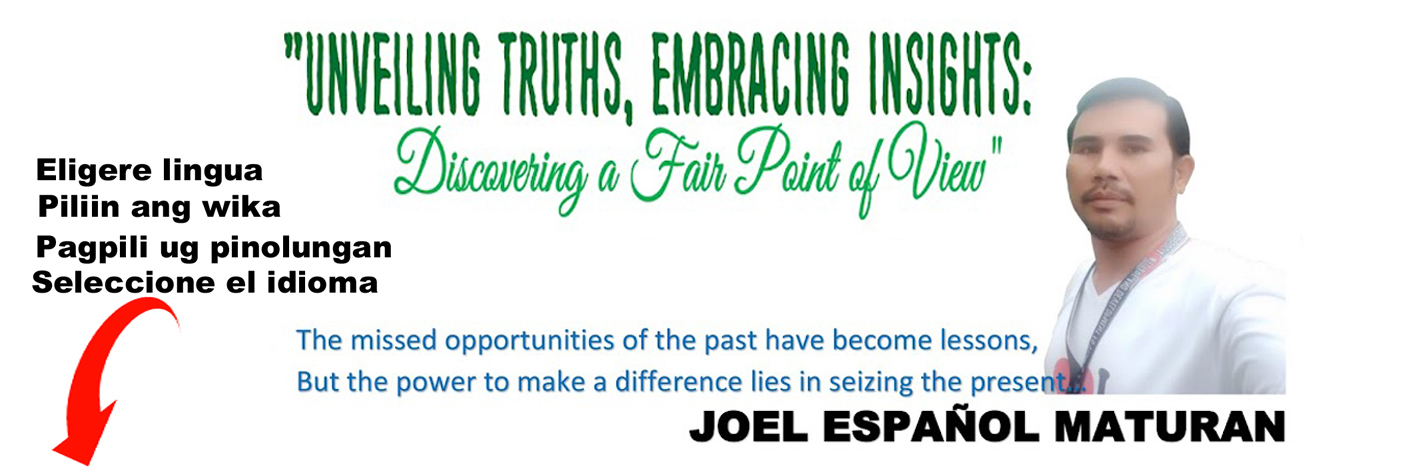Course Description: This course introduces the students to the science and study of woody plants, including their taxonomy, morphology, anatomy, physiology, ecology, distribution, and uses. The course also covers the identification of common woody plants in the Philippines and other regions of the world, using various characteristics and keys.
Course Objectives: By the end of this course, the students should be able to:
• Explain the basic concepts and principles of dendrology and its relationship with other branches of botany and forestry.
• Describe the diversity and classification of woody plants, with emphasis on the major families and genera of trees, shrubs, and lianas.
• Recognize and identify the common woody plants in the Philippines and other regions of the world, using morphological, anatomical, and ecological features.
• Appreciate the importance and value of woody plants for human welfare and environmental conservation.
Course Outline:
• Introduction to Dendrology
o Definition and scope of dendrology
o History and development of dendrology
o Relationship of dendrology with other disciplines
o Sources of information and references for dendrology
• Diversity and Classification of Woody Plants
o Characteristics and definition of woody plants
o Major groups and categories of woody plants
o Principles and methods of plant taxonomy
o Hierarchical system of plant classification
o Nomenclature and terminology of woody plants
• Morphology and Anatomy of Woody Plants
o Structure and function of plant organs
o Types and forms of leaves, stems, roots, flowers, fruits, and seeds
o Modifications and adaptations of plant organs
o Internal structure and organization of plant tissues
o Wood anatomy and identification
• Physiology and Ecology of Woody Plants
o Processes and factors affecting plant growth and development
o Photosynthesis, respiration, transpiration, and water relations
o Mineral nutrition, hormones, and secondary metabolites
o Reproduction, pollination, dispersal, and germination
o Interactions and relationships of woody plants with other organisms and the environment
• Distribution and Uses of Woody Plants
o Biogeography and phytogeography of woody plants
o Patterns and factors influencing plant distribution
o Major biomes and vegetation types of the world
o Economic, social, cultural, and ecological values of woody plants
o Conservation and management of woody plant resources
Course Requirements: The students are expected to:
• Attend lectures and laboratory sessions regularly and punctually.
• Participate actively in class discussions and activities.
• Complete assignments, quizzes, exams, reports, and projects on time.
• Conduct field trips and collect specimens for identification.
• Follow safety rules and ethical guidelines in handling plants.
One of the topics that I am interested in is dendrology, which is the science and study of woody plants. I have created a course outline for the major subject dendrology.
In this blog, I will discuss the main topic and subtopics of dendrology in detail, using various sources of information and references. I will also share some images and videos of woody plants that I have found on the web. My goal is to provide you with a comprehensive and engaging introduction to the fascinating world of woody plants, and to inspire you to learn more about them.
I will post a new blog entry every day, covering one subtopic of dendrology at a time. Here is the schedule of my blog posts:
Day 1: Introduction to Dendrology
Day 2: Diversity and Classification of Woody Plants
Day 3: Morphology and Anatomy of Woody Plants
Day 4: Physiology and Ecology of Woody Plants
Day 5: Distribution and Uses of Woody Plants
I hope you will join me in this journey of exploring dendrology, and I look forward to hearing your feedback and comments. If you have any questions or suggestions, please feel free to contact me through this blog or by email. Thank you for reading, and stay tuned for my next post! 😊





No comments:
Post a Comment